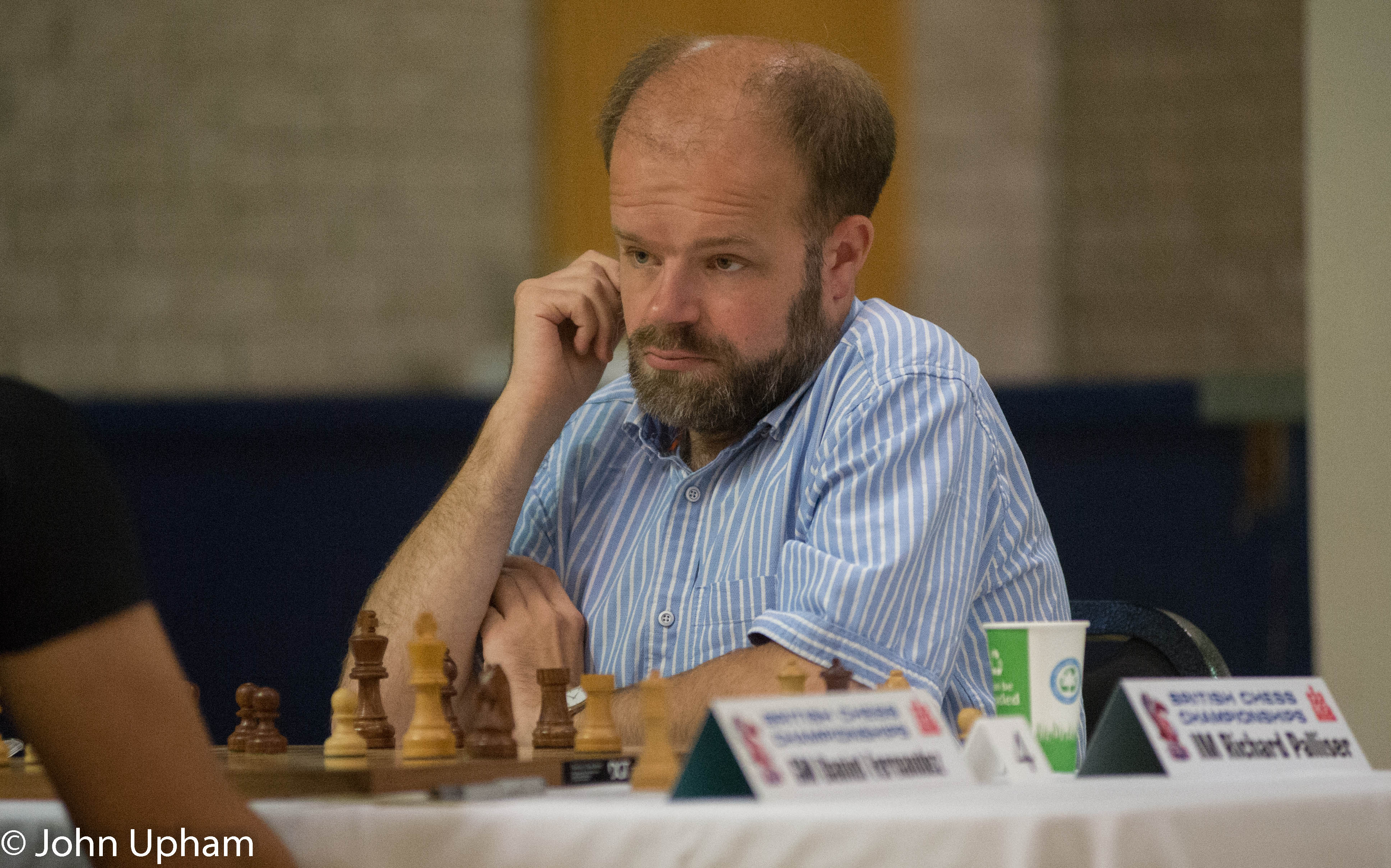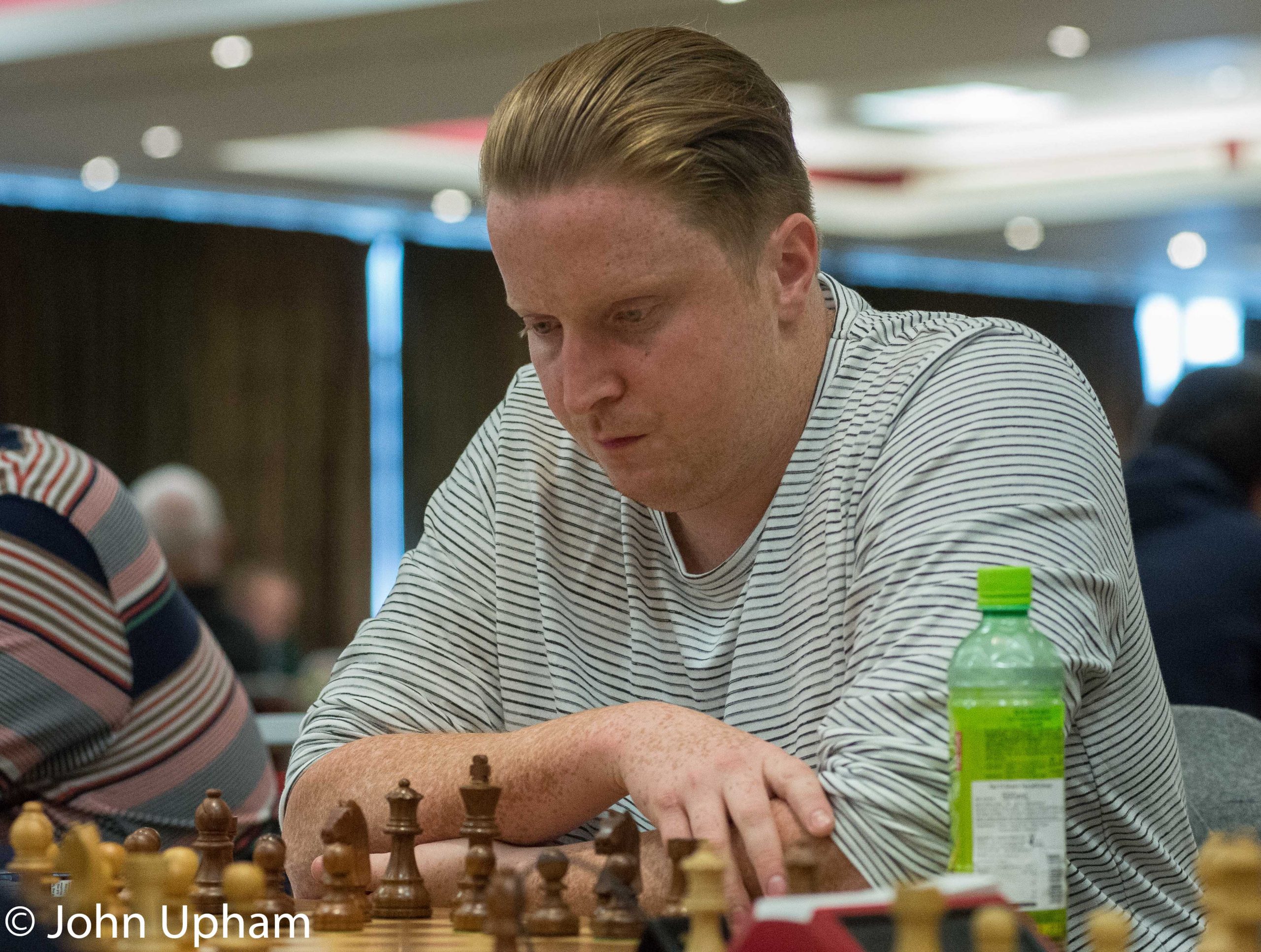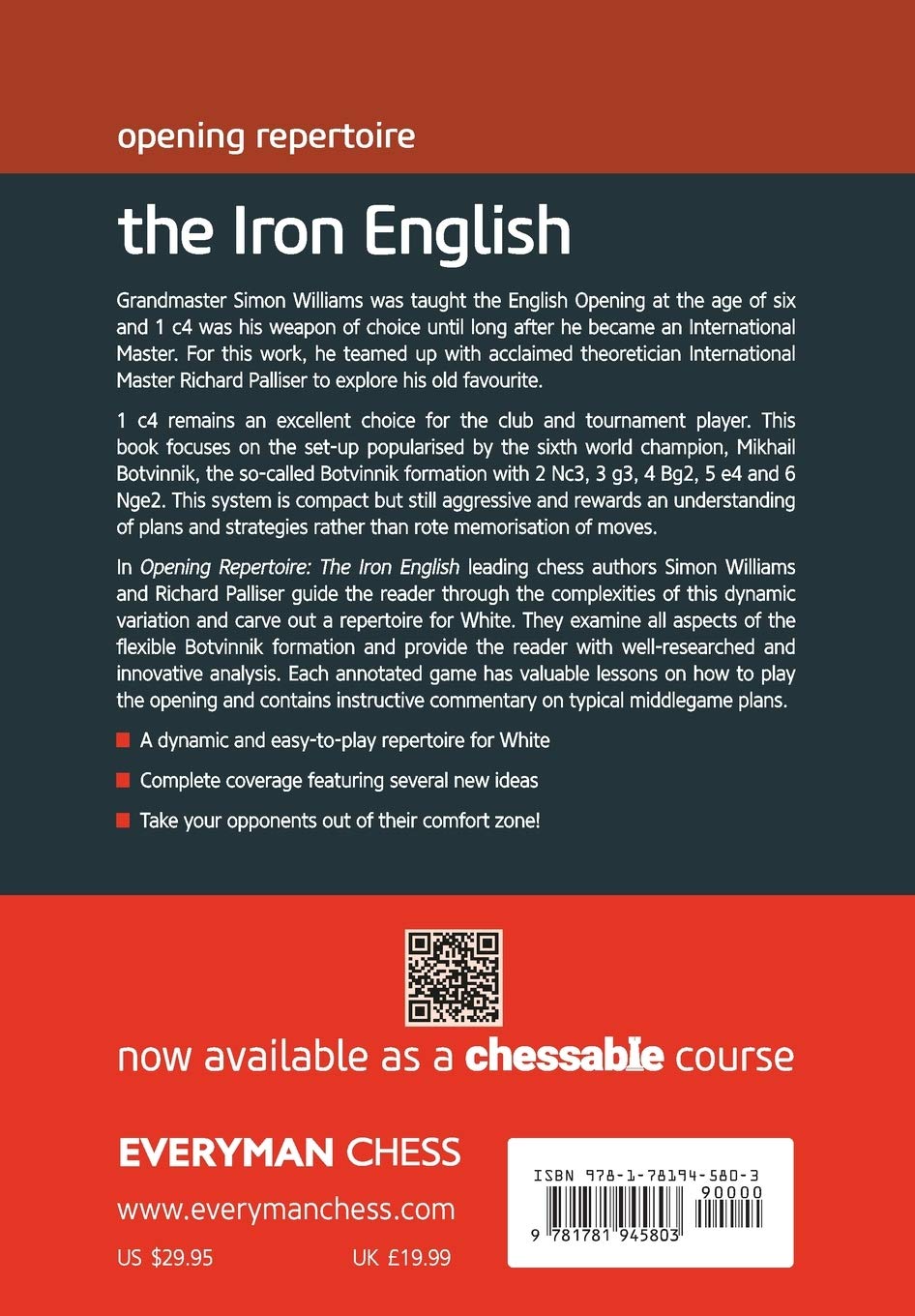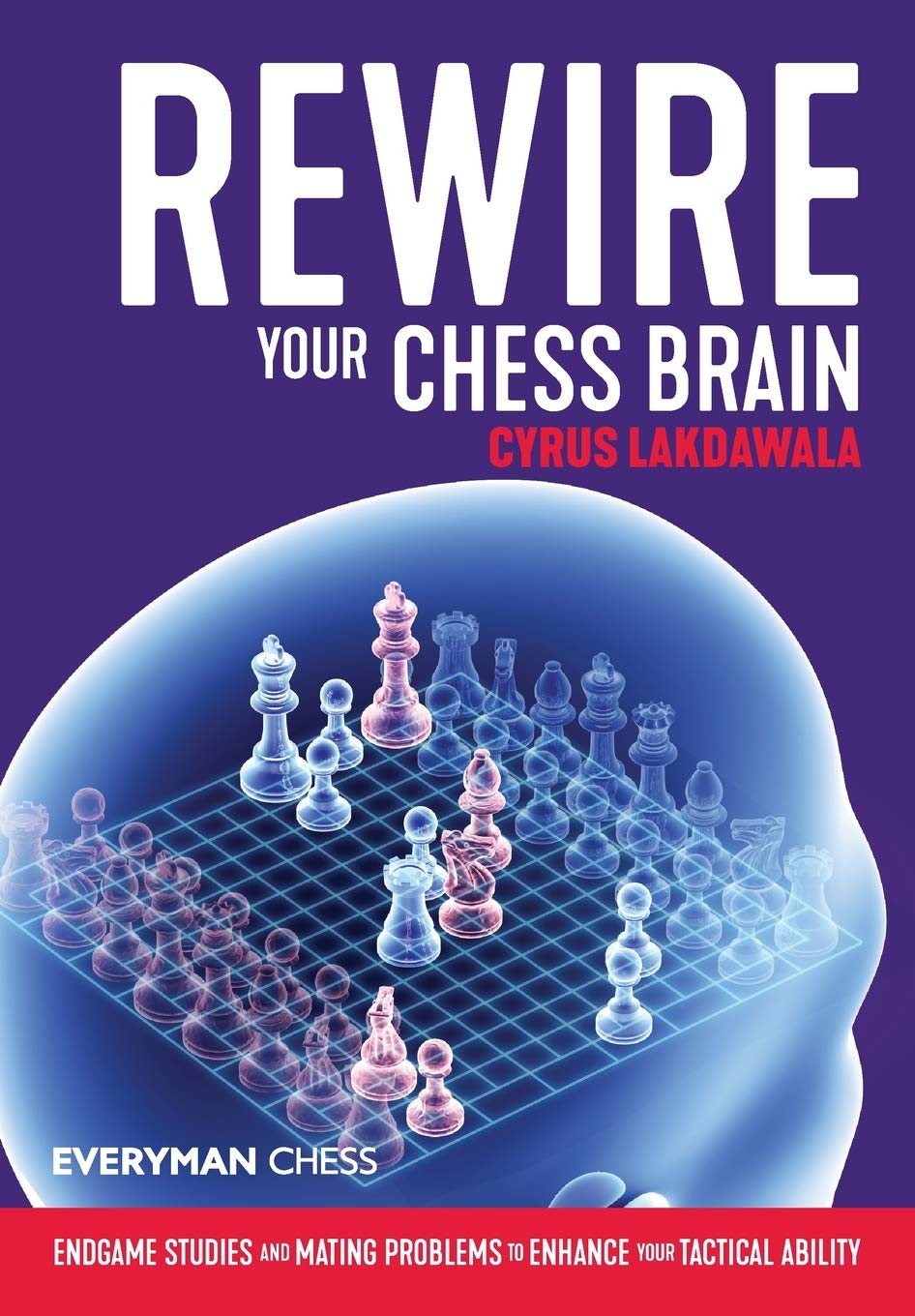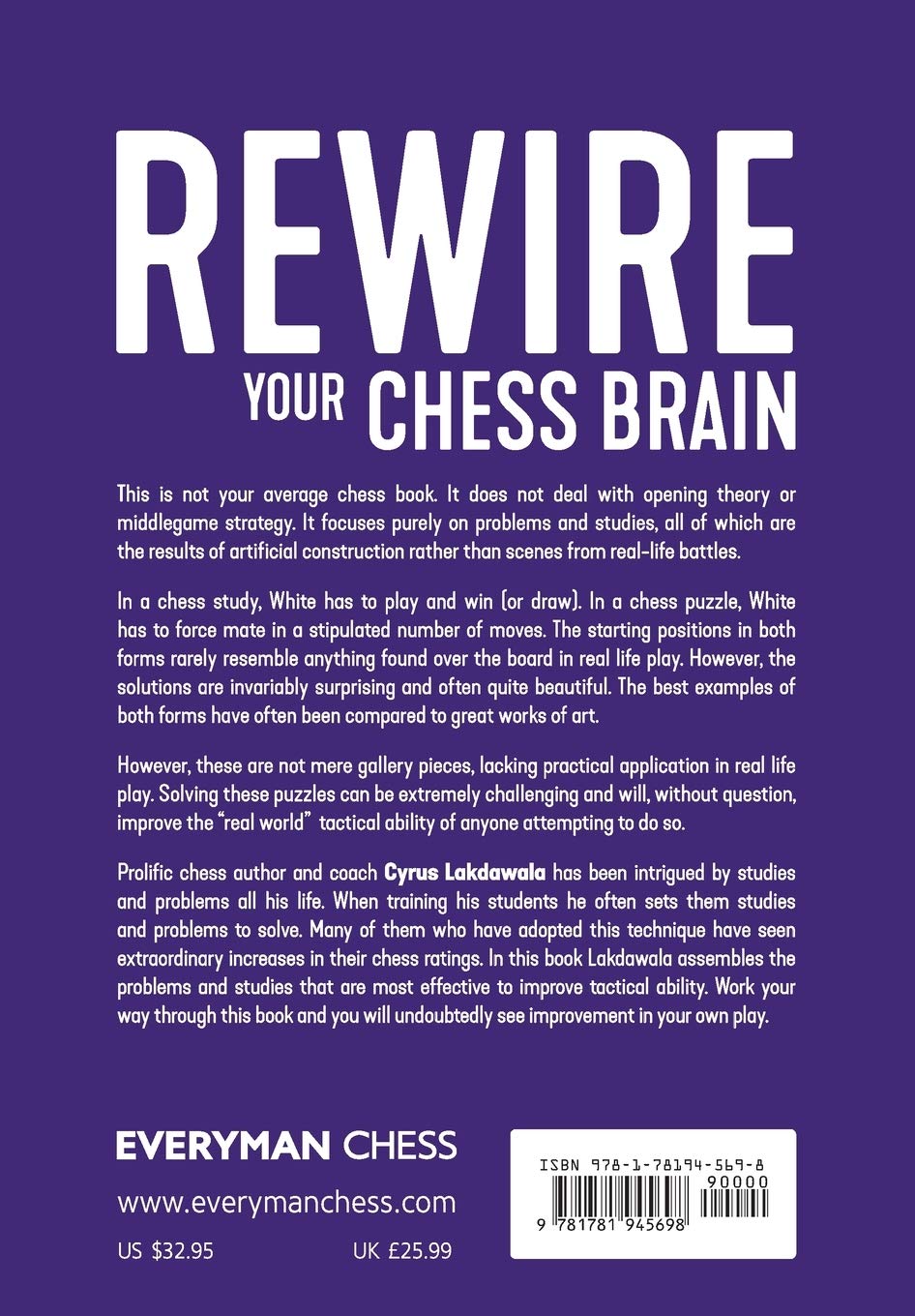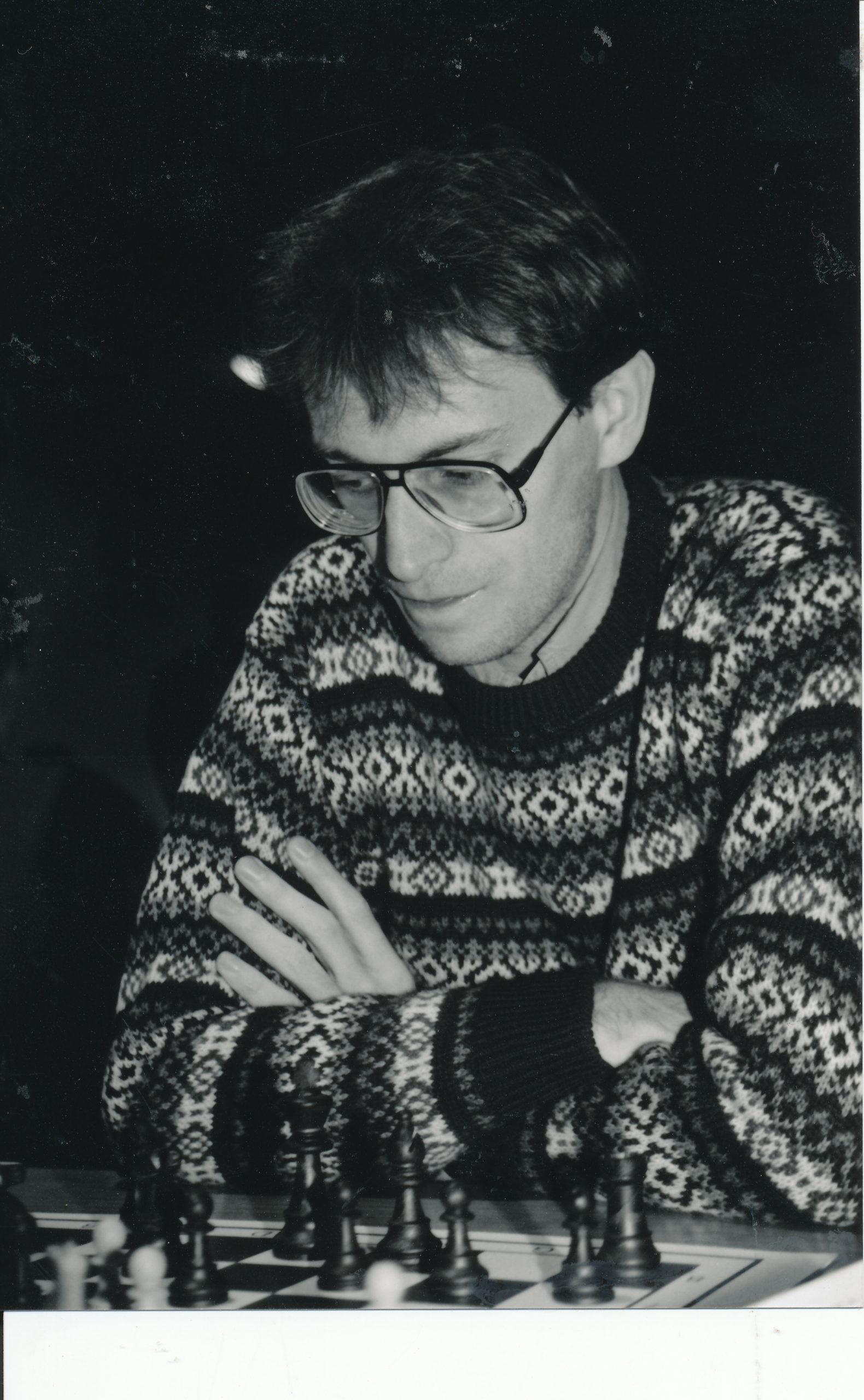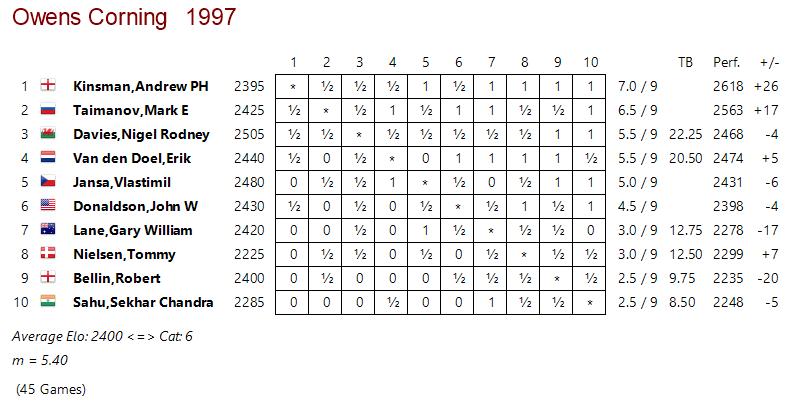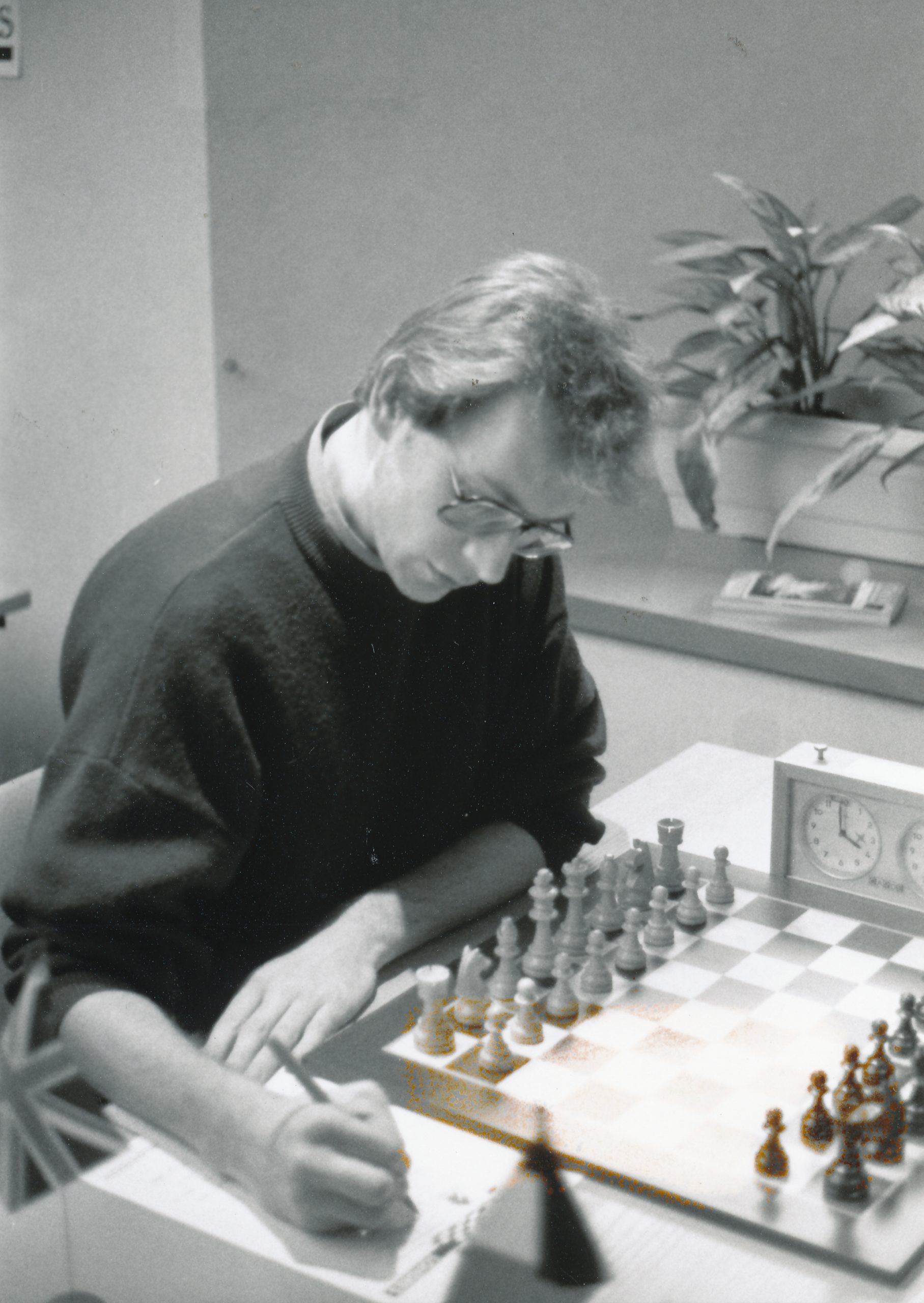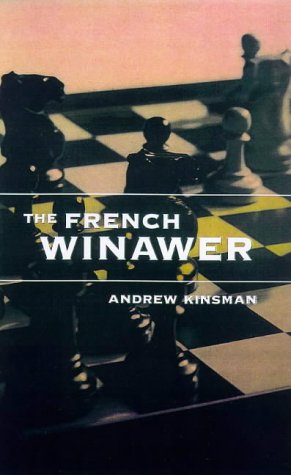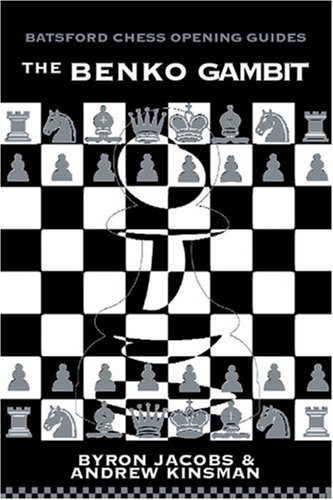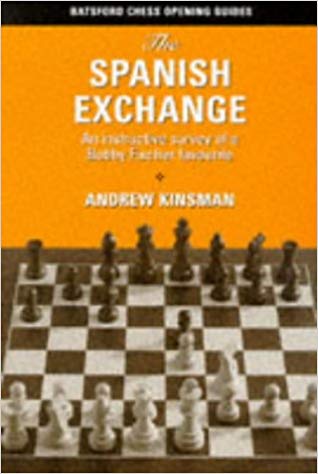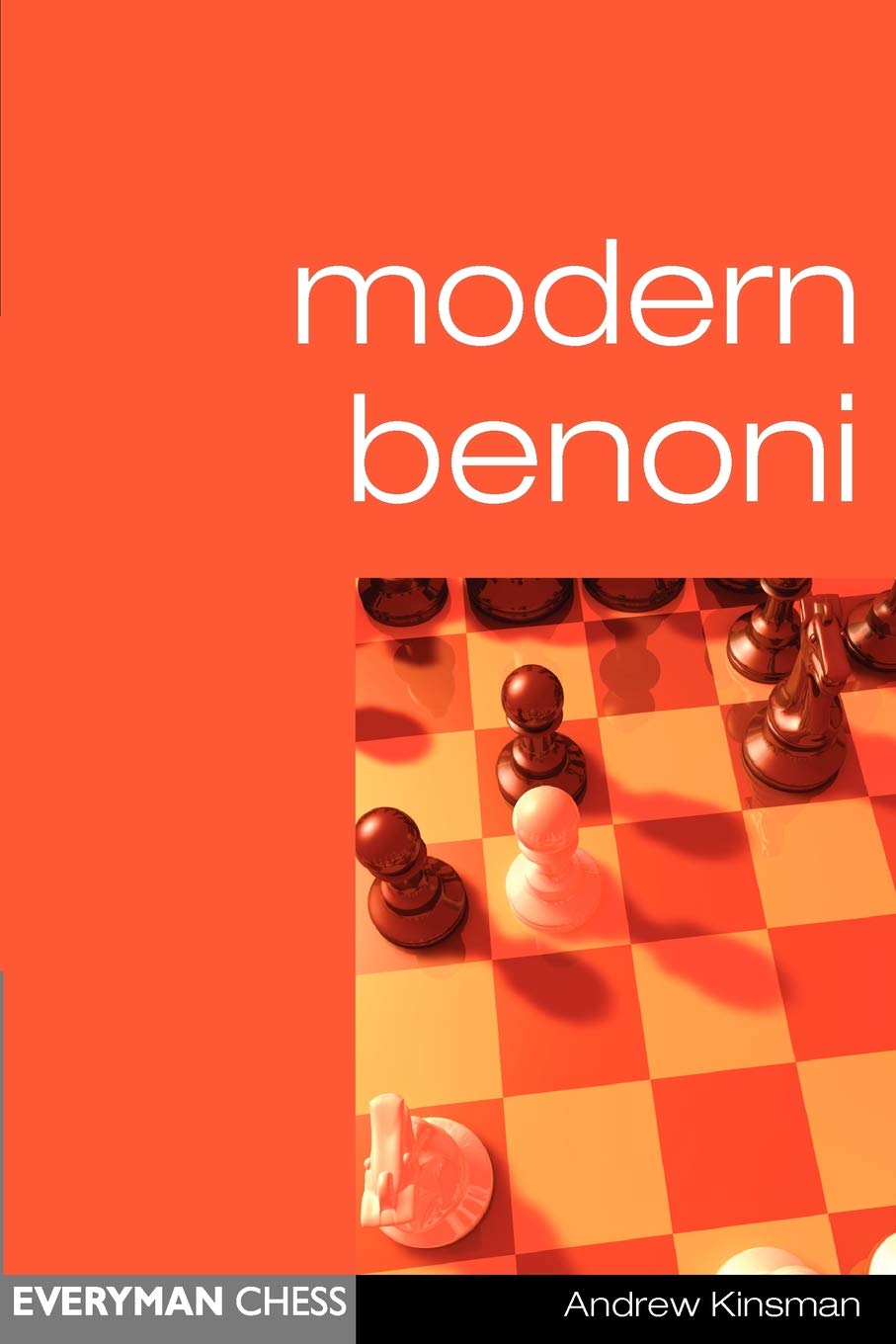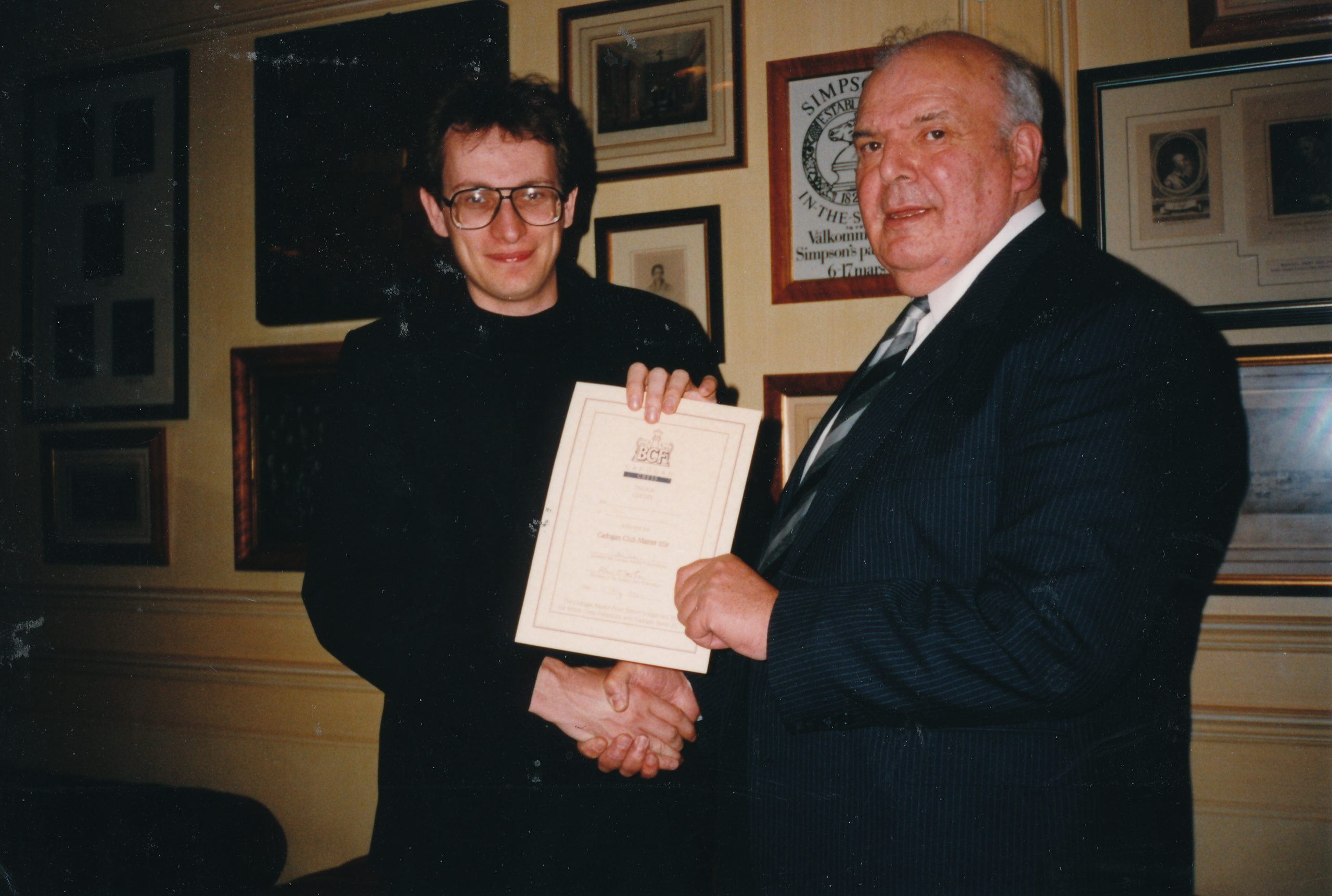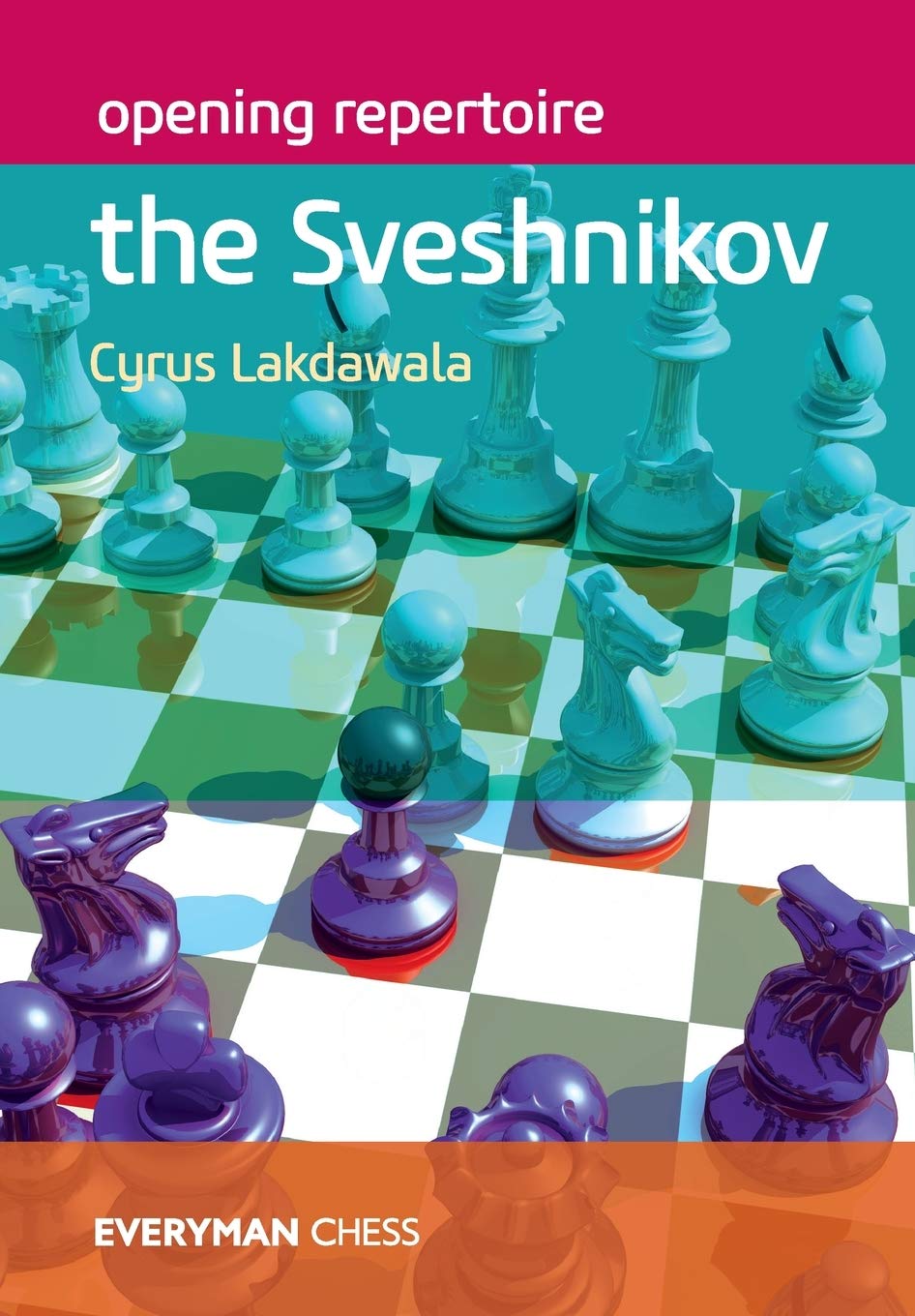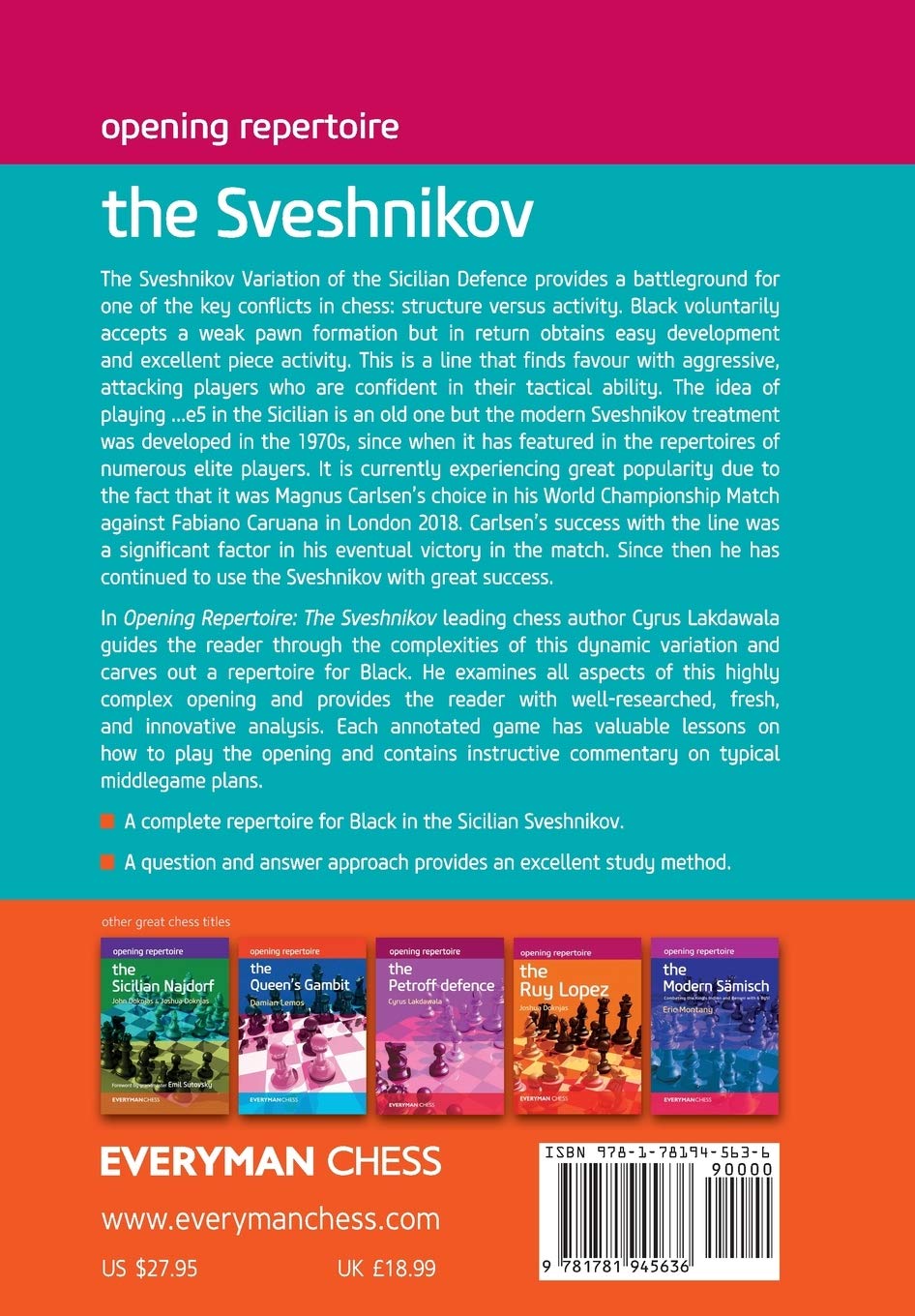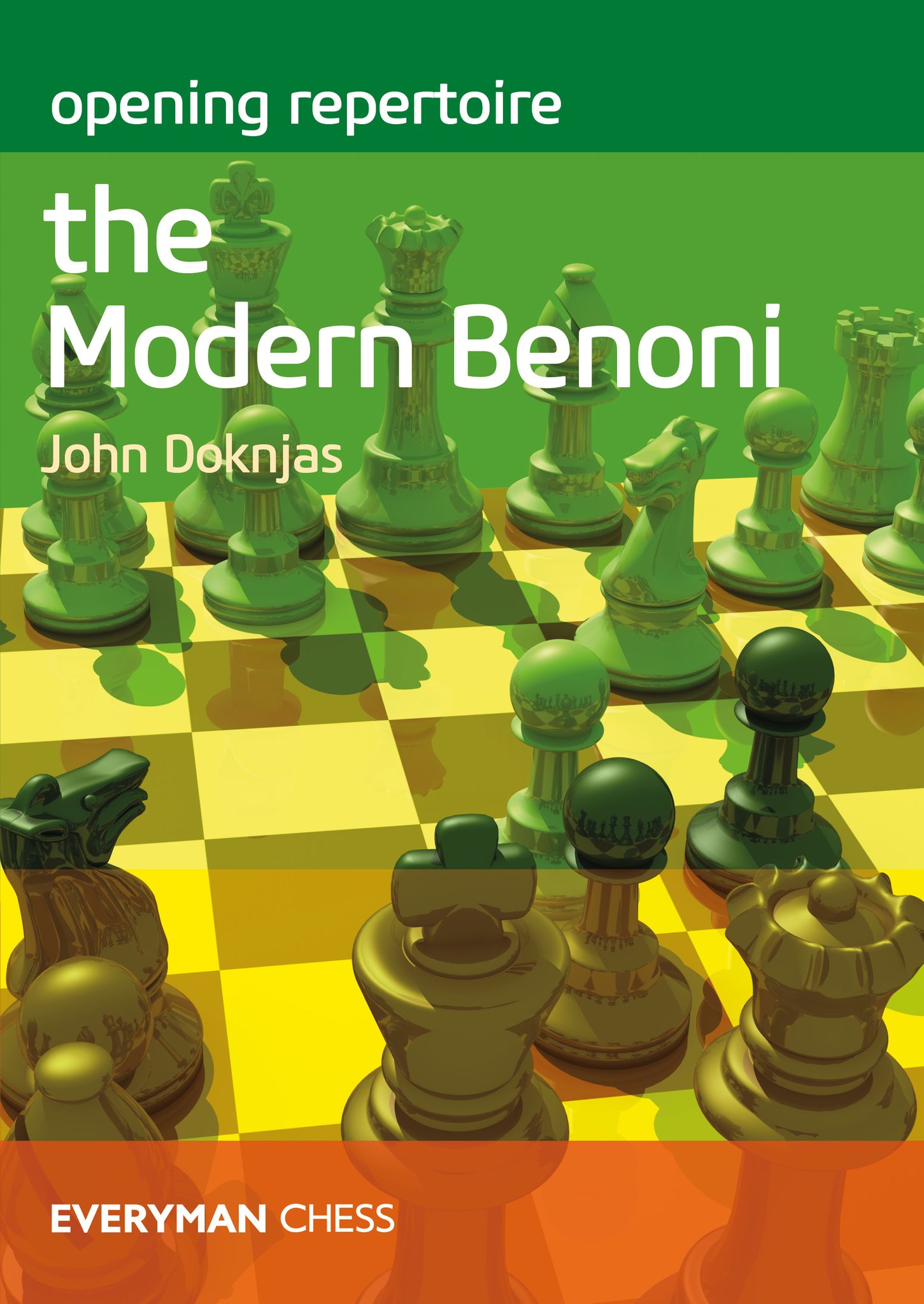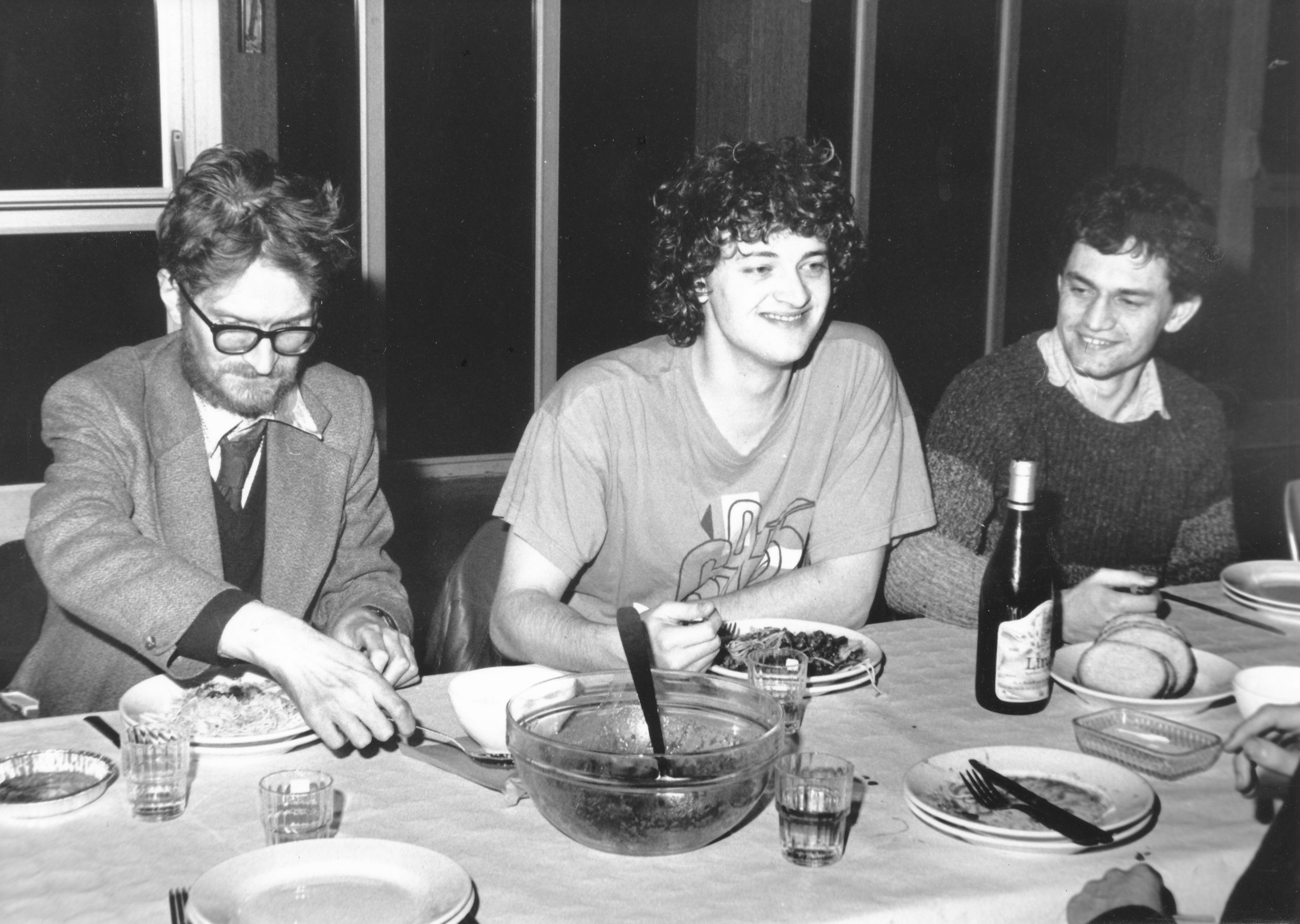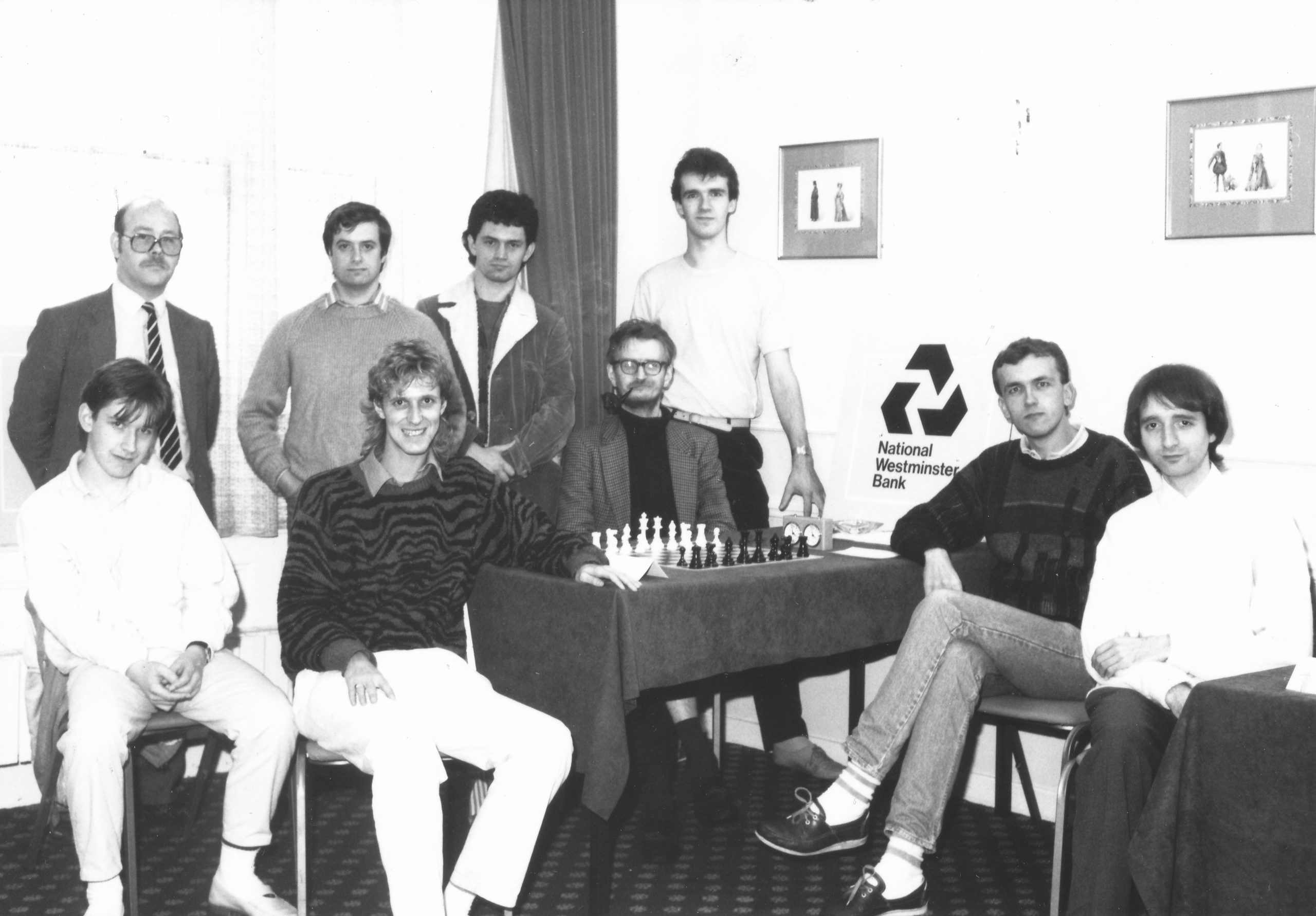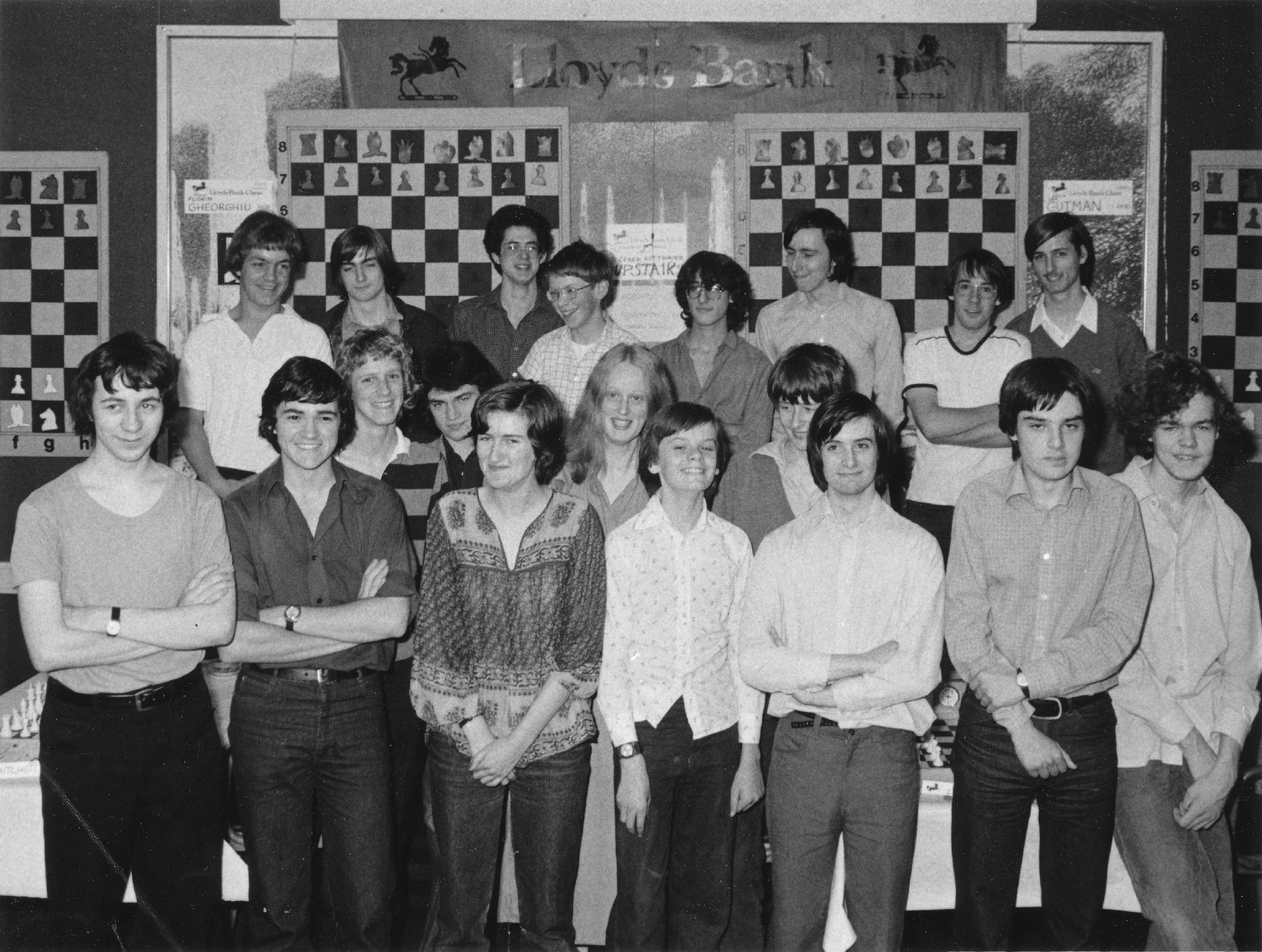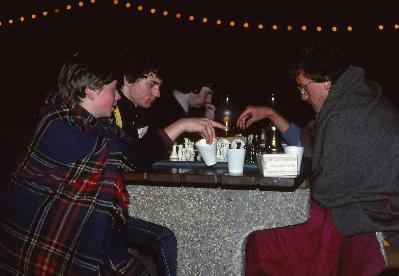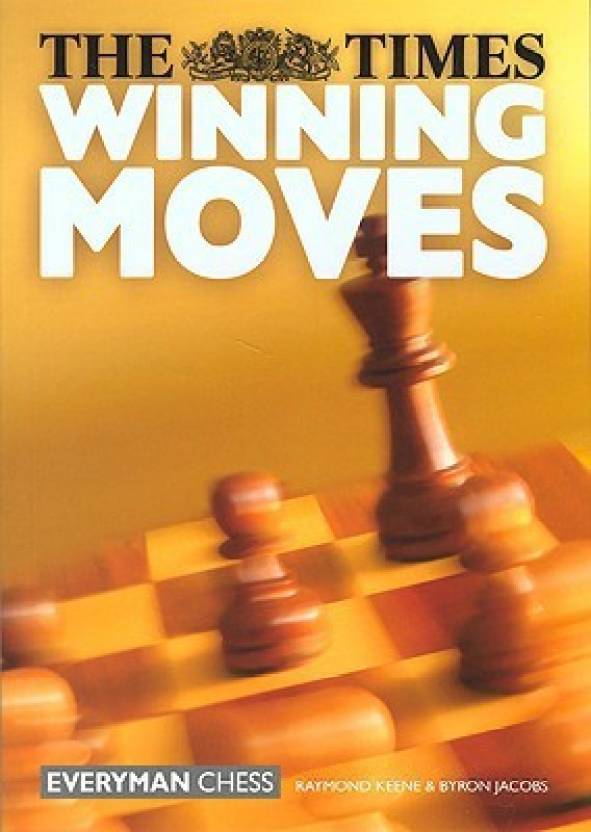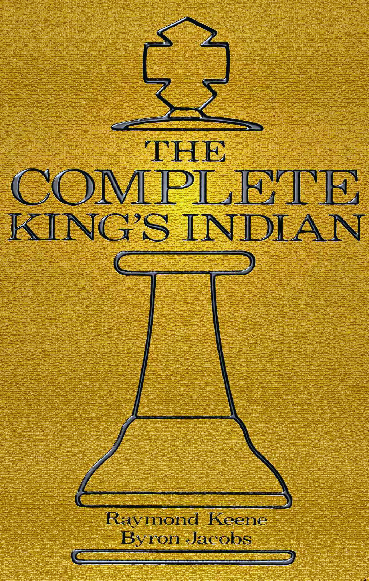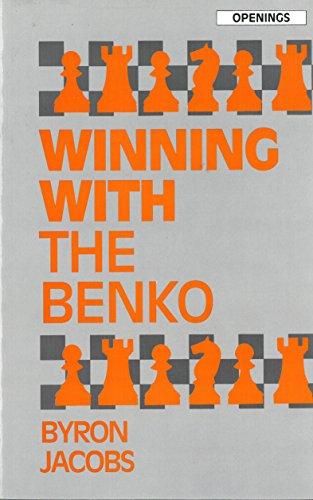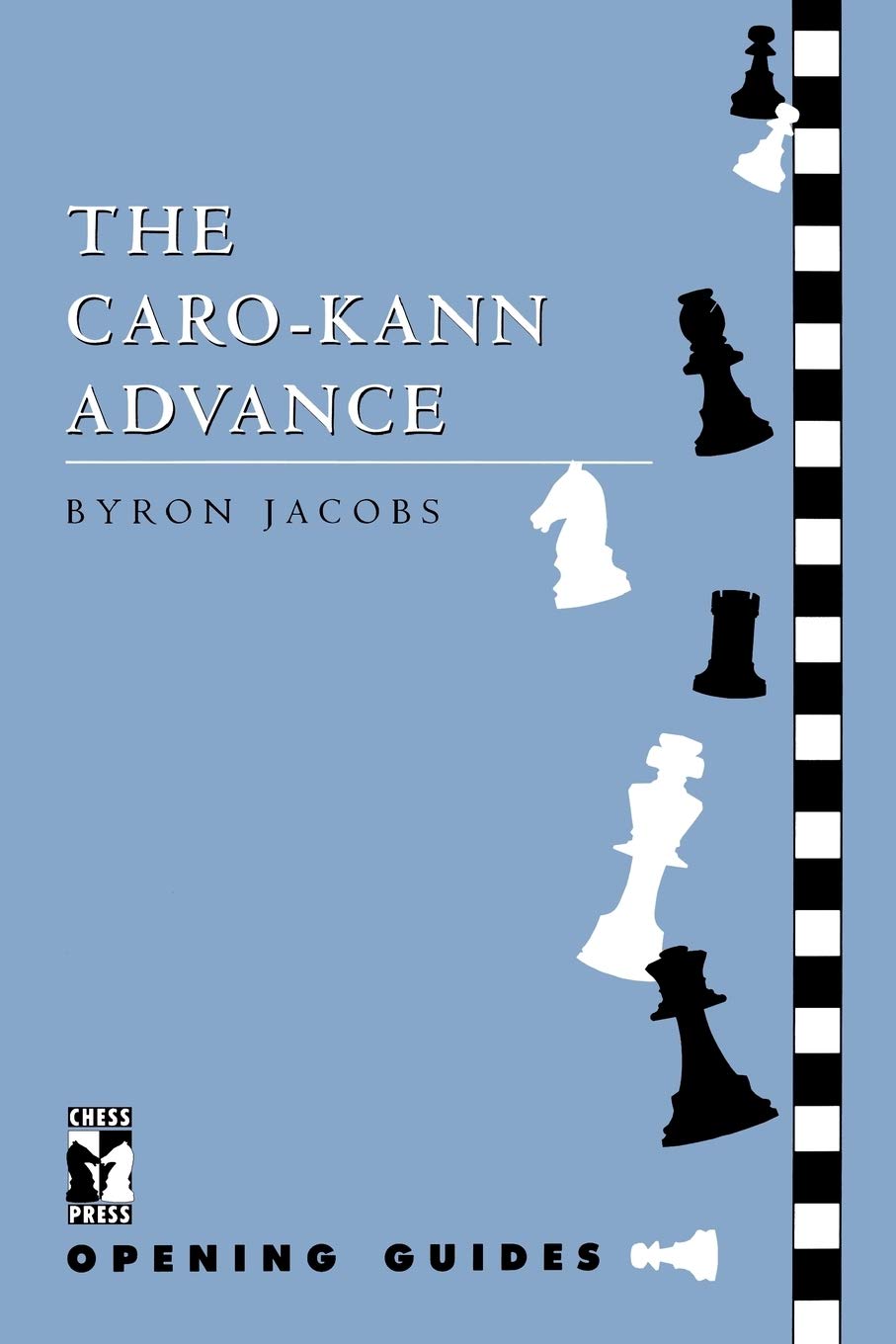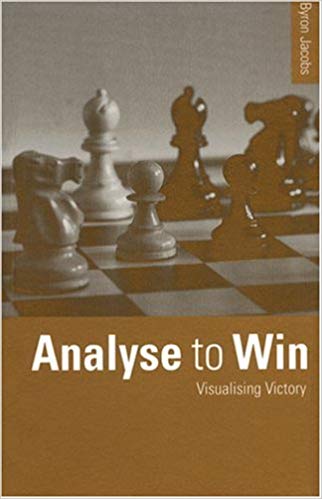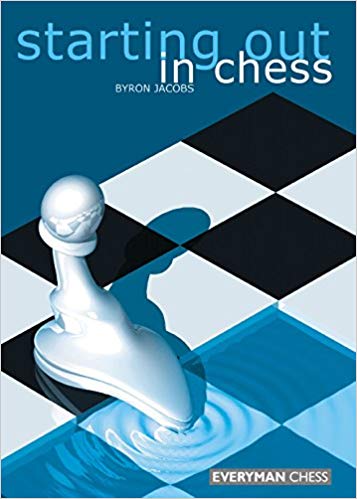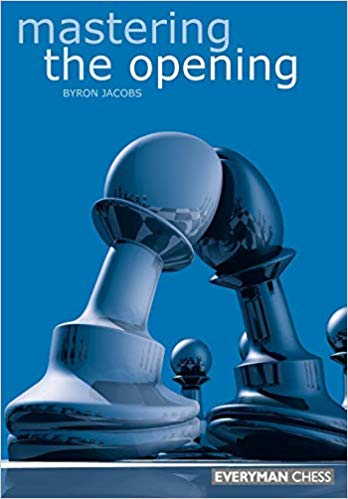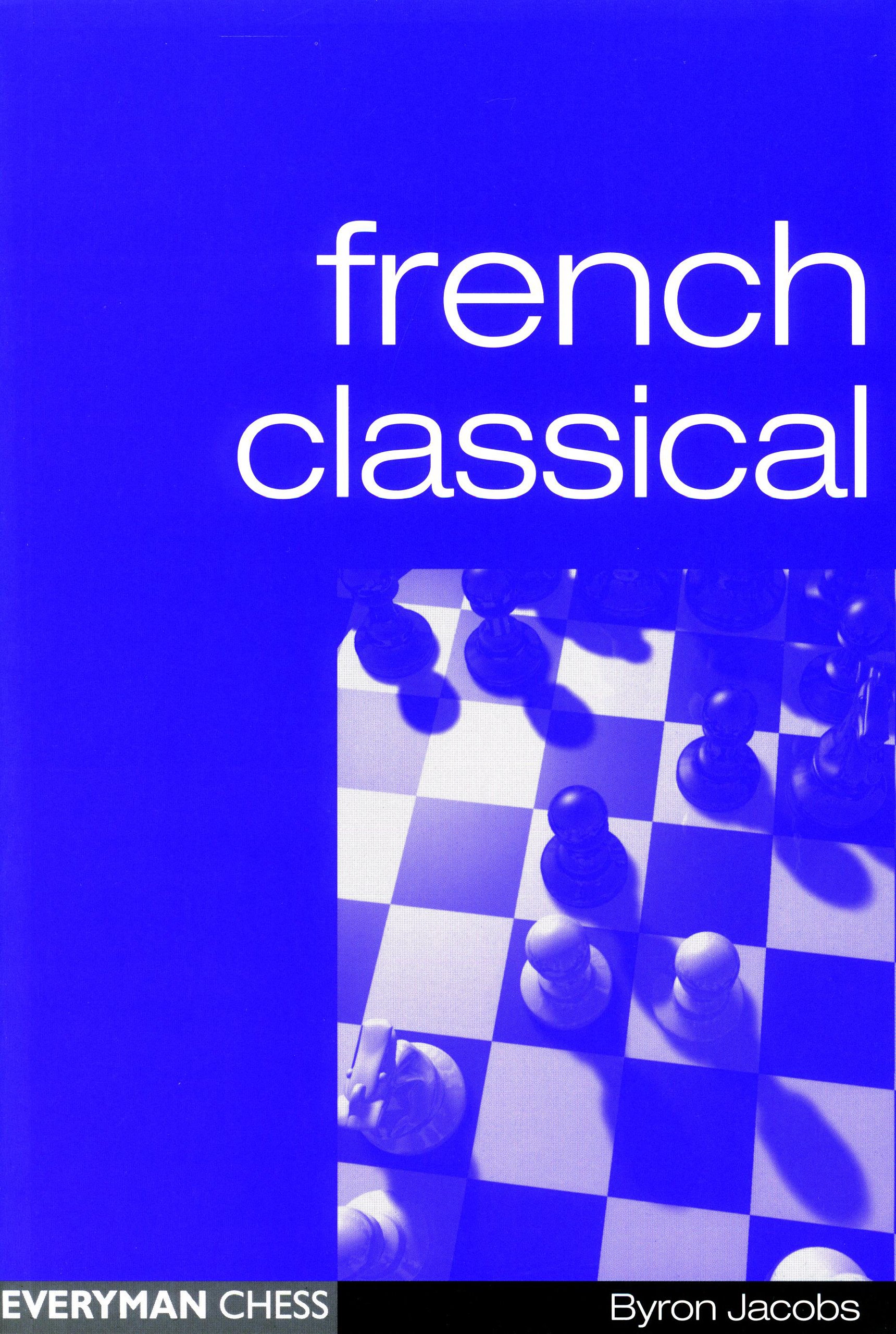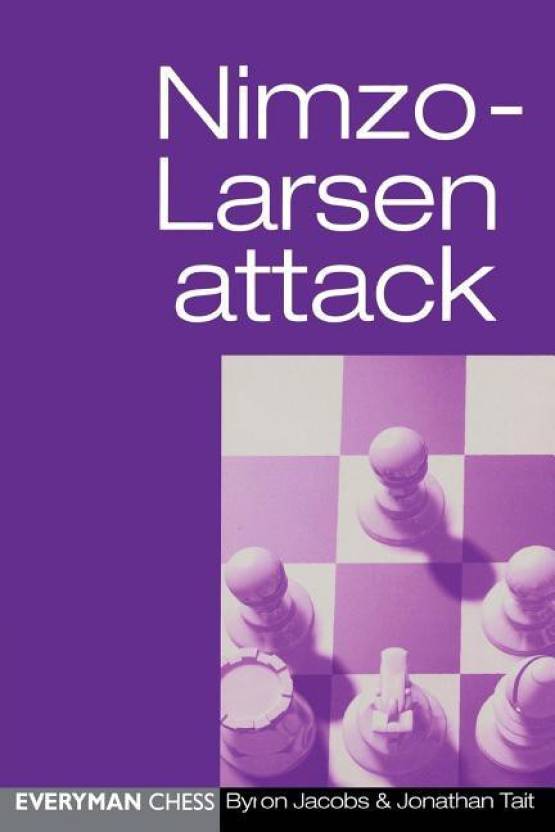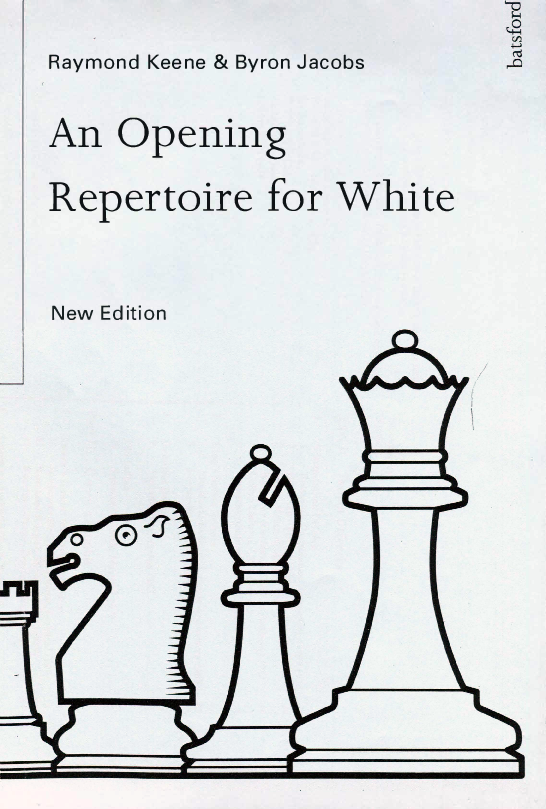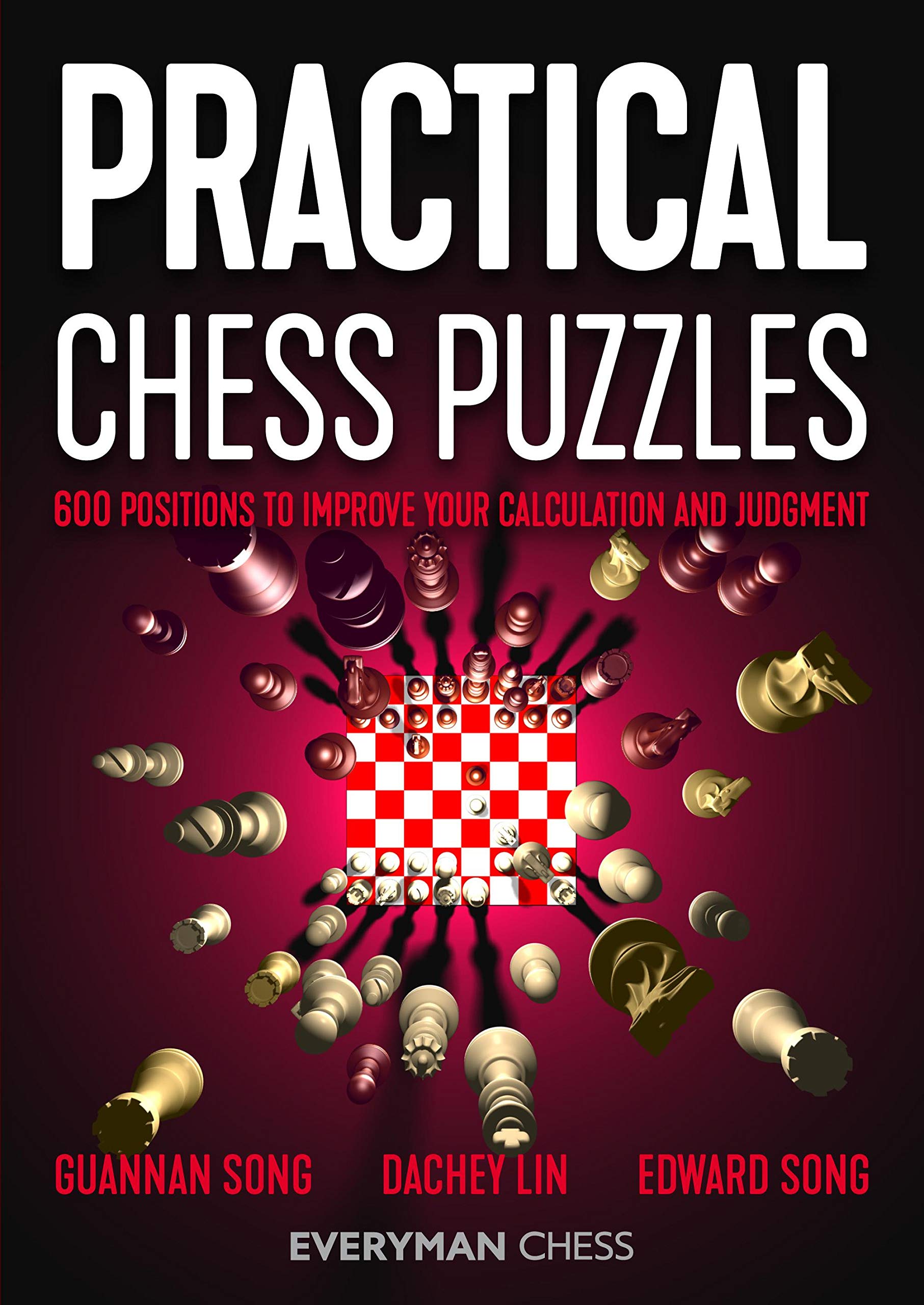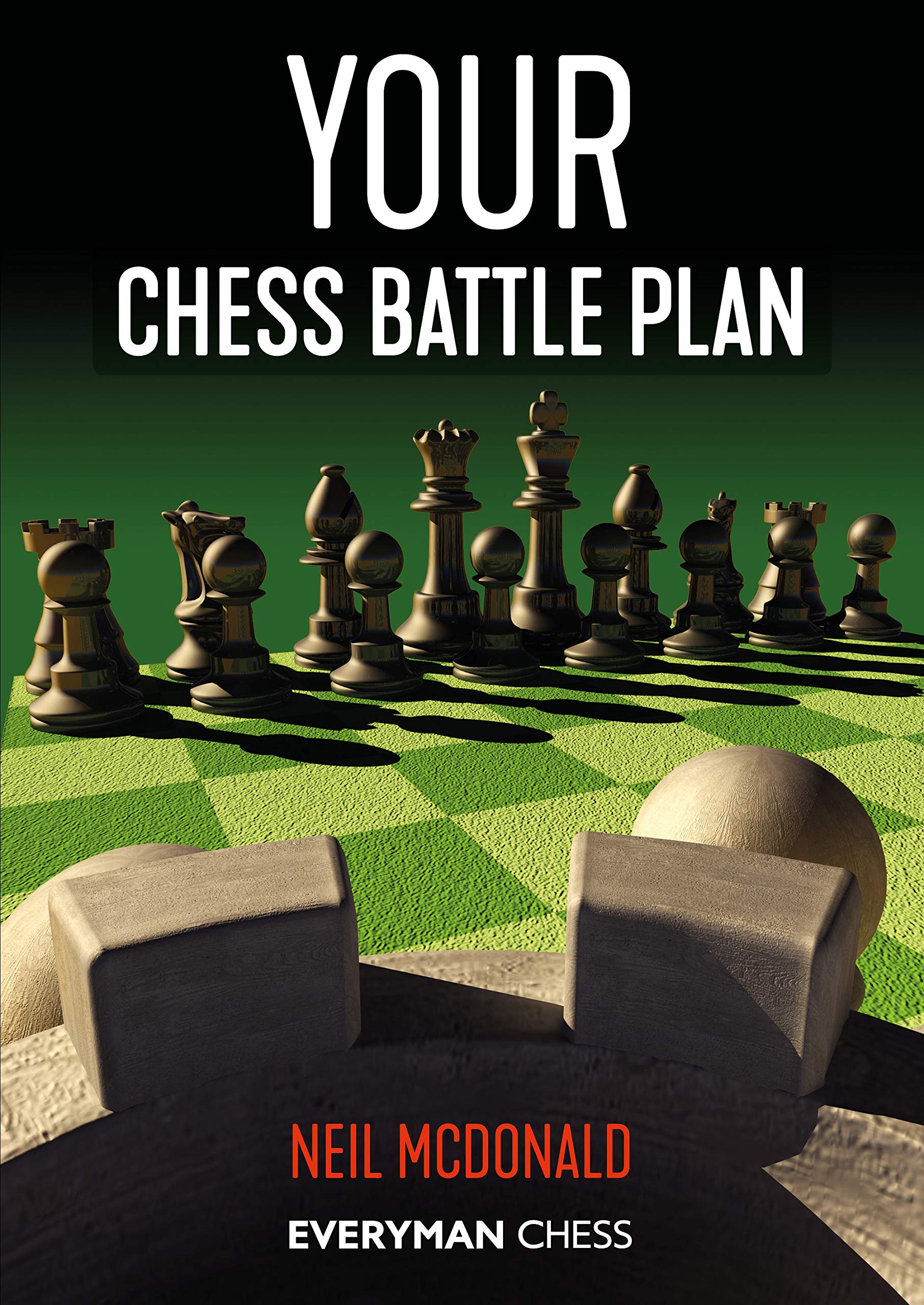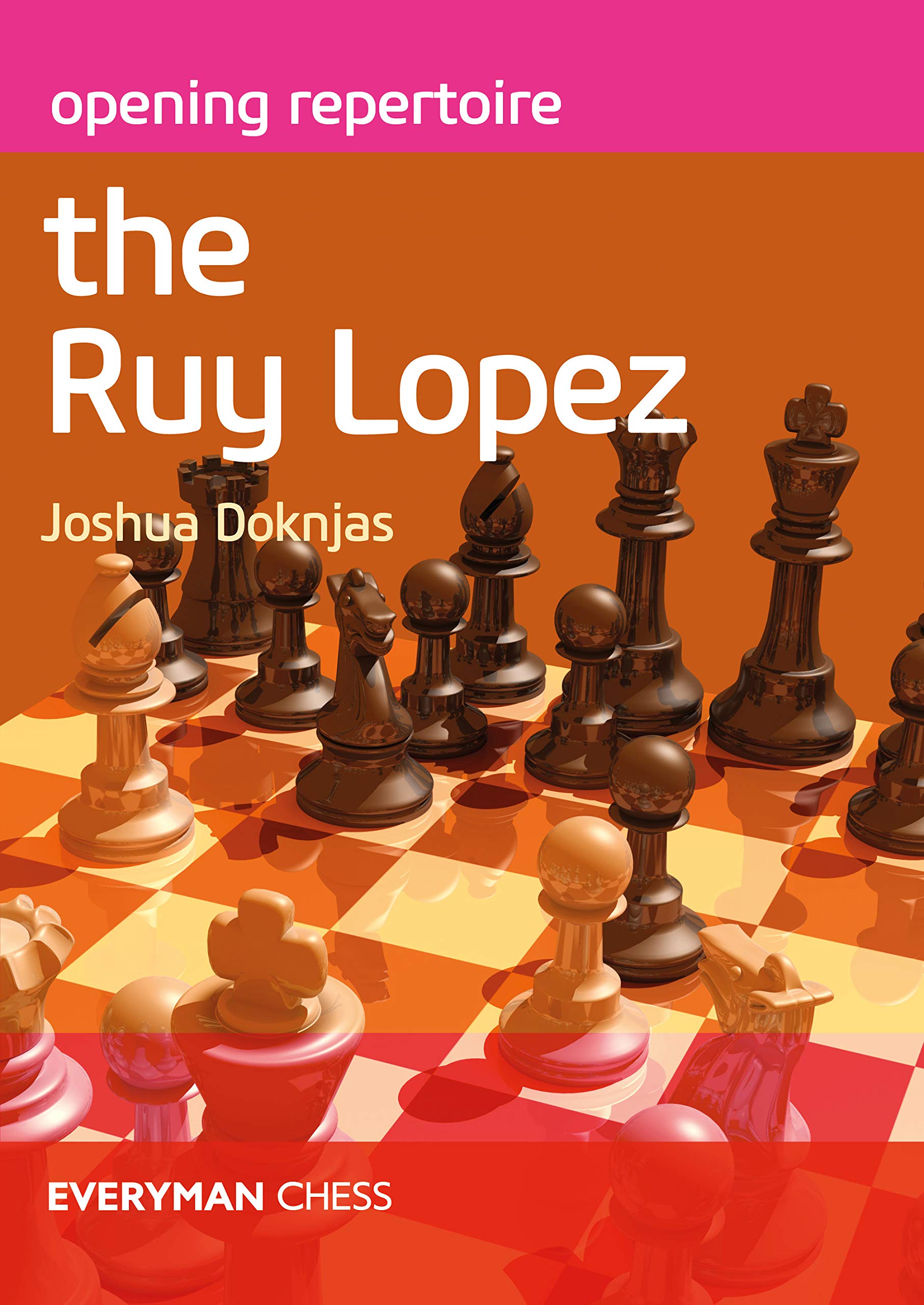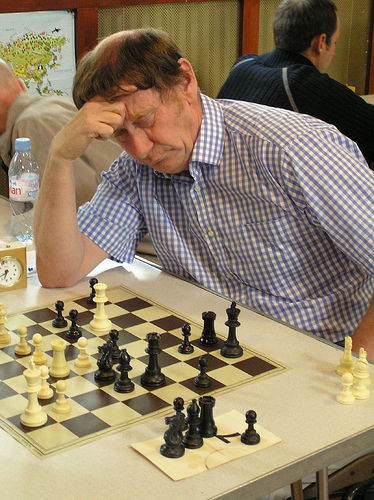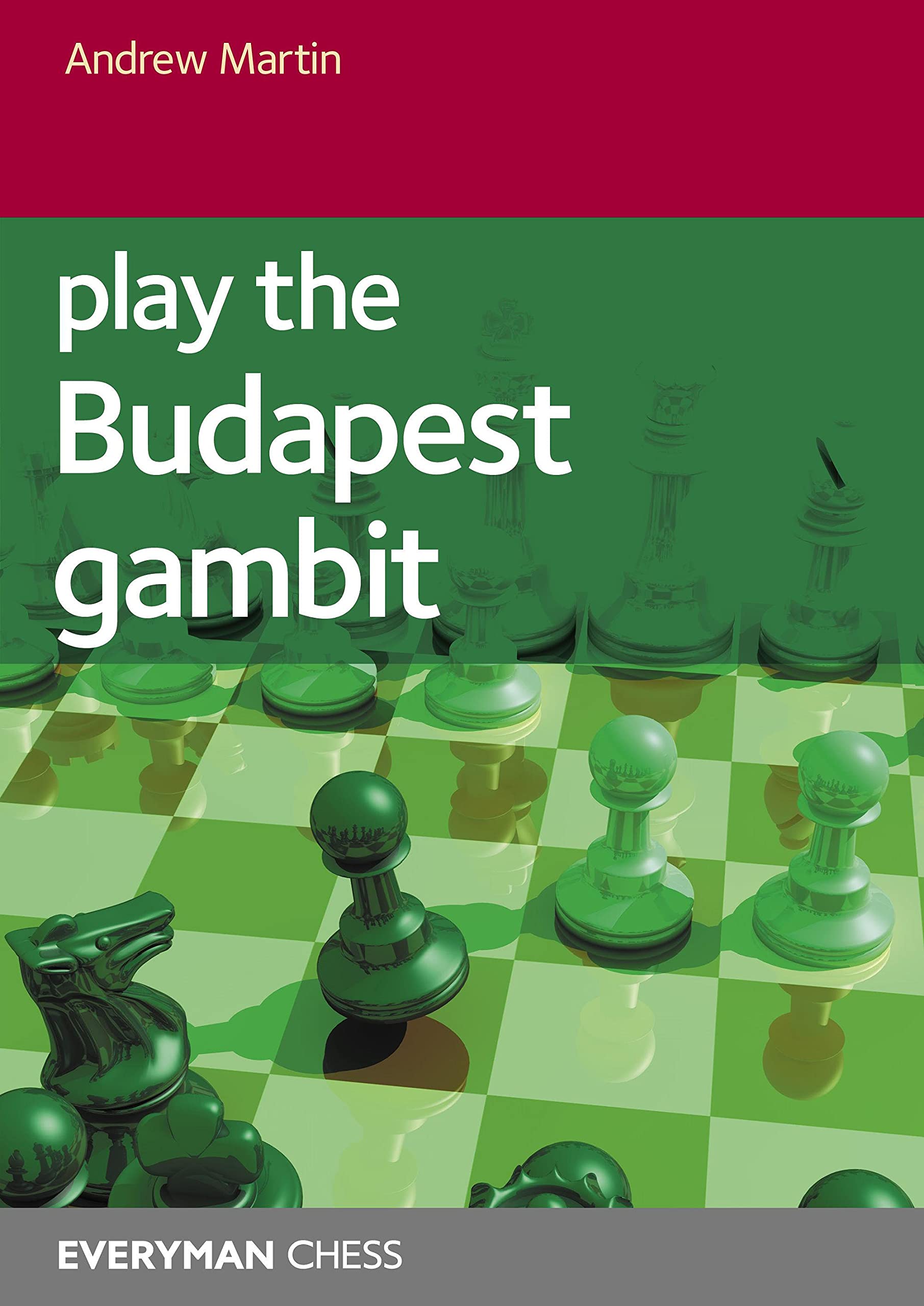
Here is the publishers blurb from the rear cover :
“The Budapest Gambit (1 d4 Nf6 2 c4 e5) is an aggressive, dynamic approach for meeting 1 d4 and is a great line for throwing opponents onto their own resources. It is certainly double-edged as Black moves the same piece twice early on and also sacrifices a pawn. This pawn is often quickly regained but one of the great advantages of the Budapest is that if White tries to hang on to the pawn (and many players do) Black can quickly whip up a ferocious attack.
A great number of materialistic but unprepared White players have found themselves swiftly demolished by Black’s tremendously active pieces. When White is more circumspect and allows Black to regain the pawn, play proceeds along more sedate strategic lines where Black enjoys free and easy development.
Experienced chess author and coach Andrew Martin examines all key variations of the Budapest. There is an emphasis on typical middlegame structures and the important plans and manoeuvres are demonstrated in numerous instructive games. * Includes complete repertoires for Black with both 3…Ng4 and 3…Ne4 * Comprehensive coverage featuring several new ideas * Take your opponents out of their comfort zone!”
About the author :

Andrew Martin is an English IM, a Senior FIDE Trainer, the Head of the ECF Chess Academy, a teacher in numerous schools and a coach to many promising and upcoming players. Andrew has authored in excess of thirty books and DVDs and produced huge numbers of engaging videos on his sadly defunct YouTube Channel.
We have reviewed titles from Andrew such as First Steps : King’s Indian Defence, also from Everyman Chess.
As with every recent Everyman Chess publication high quality paper is used and the printing is clear. Each diagram is clear as is the instructional text. Figurine algebraic notation is used throughout. The usual and reliable formatting from Brighton-based typesetter IM Byron Jacobs is employed.
The diagrams do not have a “to move” indicator or any kind of caption so you will need to work out for yourself how they relate to the text that they are embedded in. However, this is fairly obvious.
There is a helpful Index of Variations and an Index of the whopping 164 completed games the author provides ranging from 1896 until 2021.
For those who do not know the Budapest Gambit starts here:
and it has some overlaps with ideas from the Albin Counter Gambit:
and even the choice of many juniors and beginners, the Englund Gambit:
The book consists of fourteen chapters organised into two main parts:
The Budapest Gambit
- A Budapest Timeline
- Key Strategic Ideas after 3…Ng4
- The Rubinstein Variation after 4.Bf4
- Safe and Sound 4.Nf3
- The Aggressive 4.e4
- The Dark Horse 4.e3
- Budapest Oddities
- The Budapest Gambit Declined
The Fajarowicz Gambit
- Key Strategic Ideas after 3…Ne4
- The Natural 4.Nf3
- The Acid Test: 4.a3
- An Independent Line: 4.Nd2 Nc5
- Early White Queen Moves
- Other Fourth Moves
Before we continue it is worth taking a look at the pdf extract which includes the Contents, Preface and pages 166 – 184.
We were immediately struck by the author’s candour in the Preface:
This has been a tough book to write and I have agonised over the format for quite some time.
In the end I have settled for an approach by which I hope the reader will get to like the Budapest as an ingenious concept and then be willing to take the risks involved in playing the opening.
This statement is really rather refreshing. Most of us can recall the dubious days of highly ambitious (and some might say misleading) book titles such as “Winning with the Englund Gambit” or “Crushing Your Opponent with the Damiano“* or maybe something equally nonsensical but amusing. Chess publishing has mostly matured for the better in that respect and we can look forward to increasingly honest and objective tomes.
*These are fictionalised titles but hopefully the point is made clear.
The first chapter will be of interest both to both the chess historian and students of the Budapest as the author provides a welcome 64 page chronology of the gambit’s development from 1896 through 2020: interesting stuff! Indeed, this type of chapter would be a welcome addition to opening books in general and we should thank the author for being innovative in this respect.
Here is a sample game from Chapter One:
The meat and potatoes theory chapters adopt a methodology of selecting a large number (135) of practical games which are each annotated with succinct explanations rather than tedious reams of variations and engine dumps. The author’s coaching pedigree is evident throughout which will enhance the ambitious students understanding of this interesting gambit.
Not ever having played the Budapest and not allowing it with white (in the BCN office we are all extremely dull players and chose 1.d4 Nf6 2.Nf3) it would not be appropriate for us to comment on the merits of various lines and variations. However the author can hardly be accused of selecting only games where Black does well. In fact, the chapter (Two) outlining the Key Strategic Ideas after 3…Ng4 contains ten wins for White out of 18 games! So, again, applause for an objective approach.
So, how does Black fare in the recommended line?
Well, this is covered in Chapter Four: Safe and Sound: 4.Nf3 and game 72 is instructive:
It would certainly appear that the recommendation of 7…Ncxe5!? is a good one since out of 62 games in this line in MegaBase 2020 White scores a rather poor 44.3% whereas the more popular (411 games) 7…Re8 scores a little better for White at 47.1% and, as Andrew writes it is pleasing to see the Ra6 rook lift working well: a nice game!
Possibly the most angst is evident in the treatment of the Fajarowicz Gambit:
Andrew writes:
I think the Fajarowicz is an excellent surprise weapon, but perhaps not 100% sound.
So, again, how does Black fare in the recommended line? We turn to Chapter Ten to find out…
4.Nf3 is, by far, the most popular (but not necessarily most testing) choice and leads to the following game with the interesting idea of 7…Bf8!:
So, why the lack of enthusiasm for the Fajarowicz? The title of Chapter Eleven is the spoiler: The Acid Test: 4.a3
To find out more about this line and all the others you will need to buy the book which is published on May 24th 2021.
In summary, play the Budapest Gambit is a comprehensive look at the main line and the Fajarowicz Gambit in a refreshingly objective way. The wealth of annotated games is a joy in itself and these are combined with the author’s ideas in keeping this enterprising gambit afloat within the unfriendly world of examination by engines. One of the author’s best works.
John Upham, Cove, Hampshire, 22nd May, 2021

Book Details :
- Paperback : 383 pages
- Publisher: Everyman Chess (24th May 2021)
- Language: English
- ISBN-10:1781945888
- ISBN-13:978-1781945889
- Product Dimensions: 17.3 x 1.7 x 23.8 cm
Official web site of Everyman Chess



